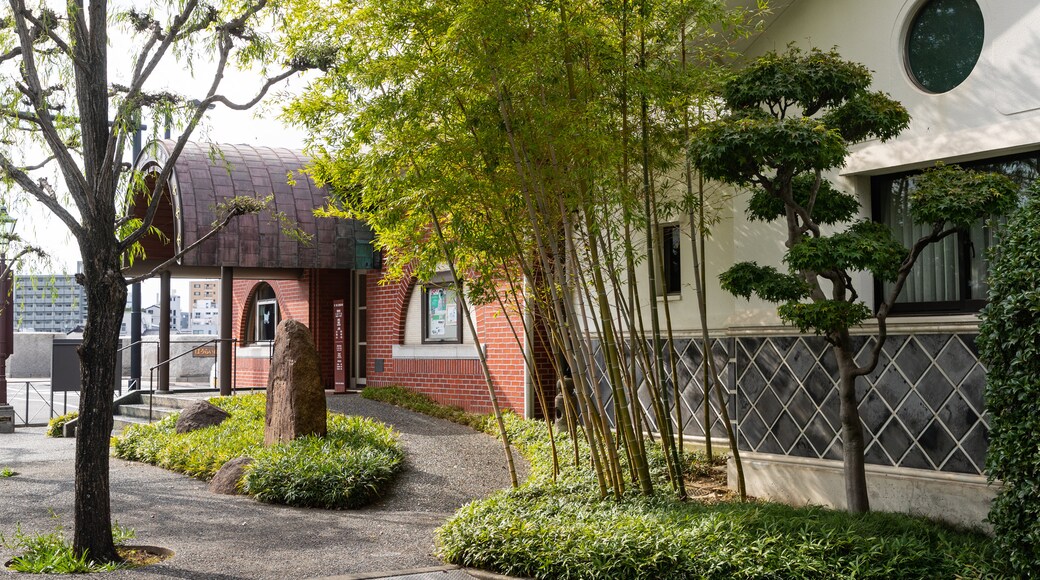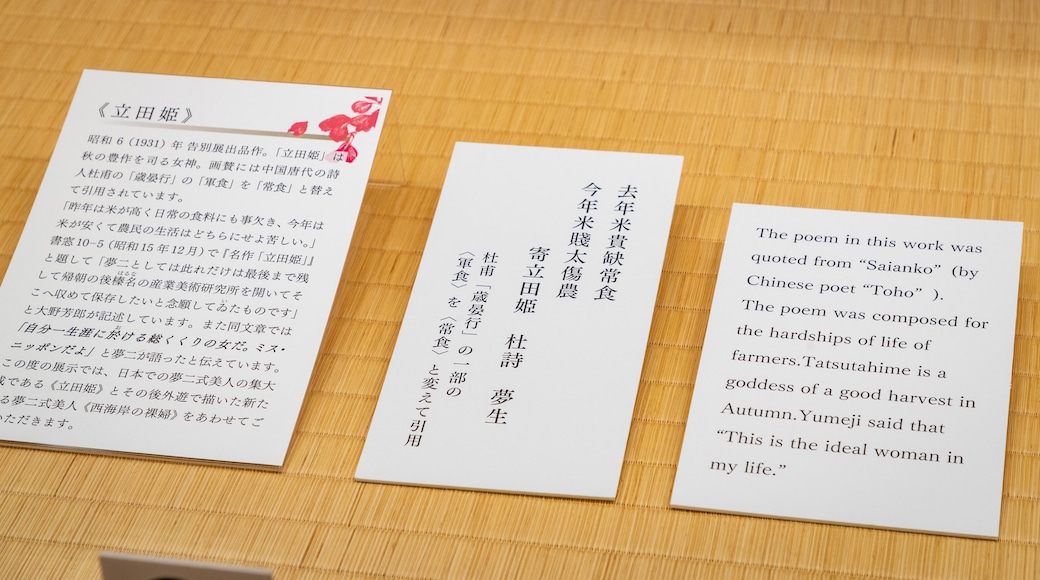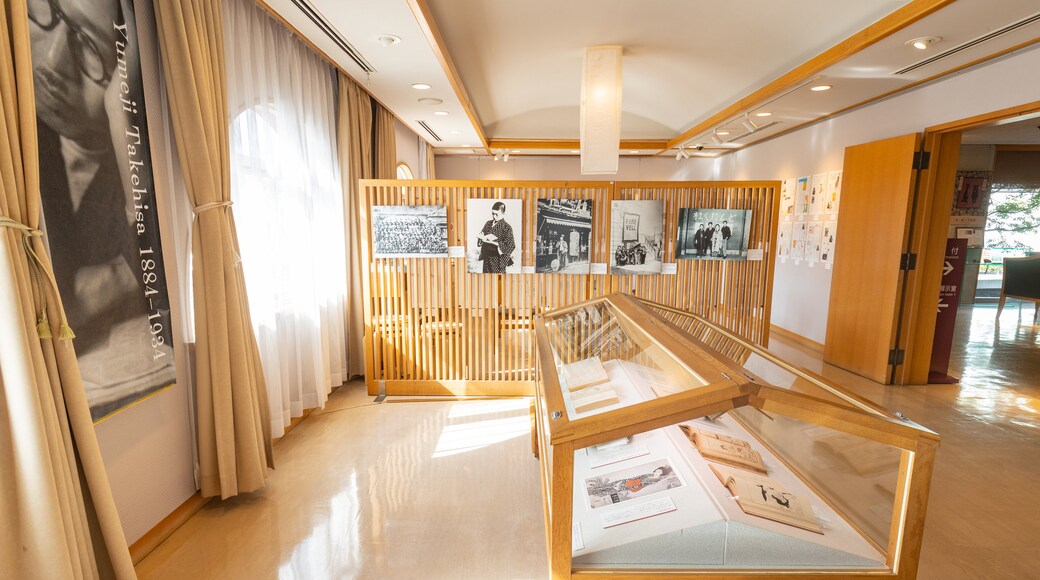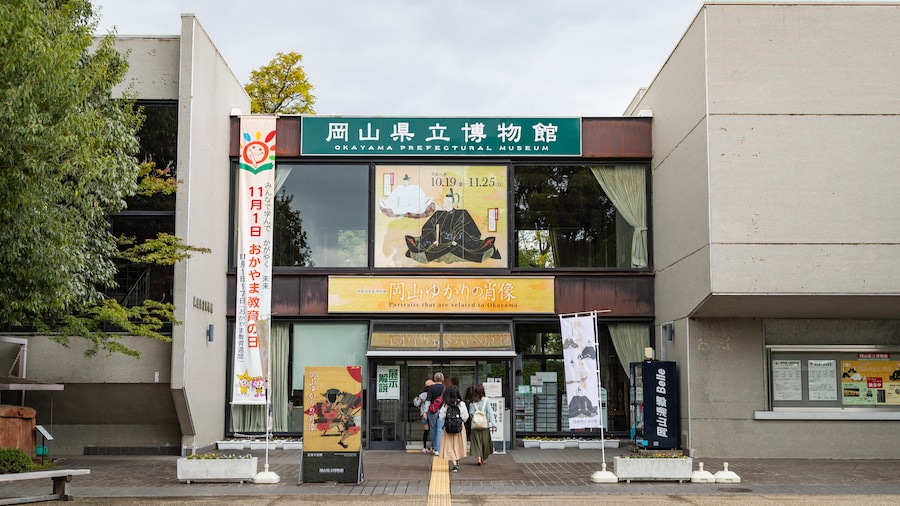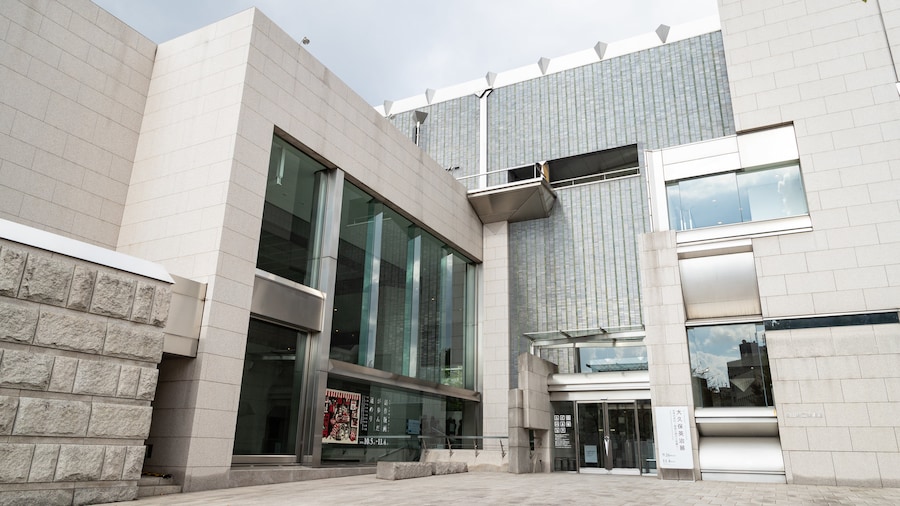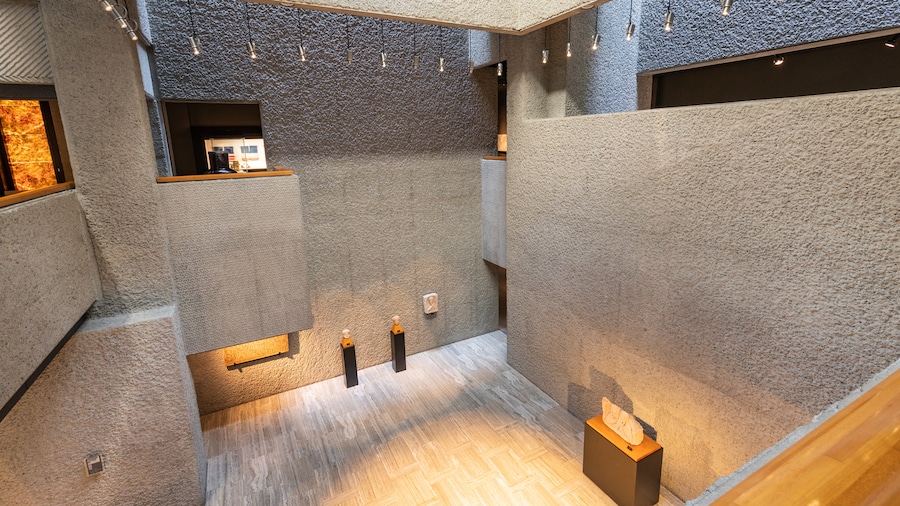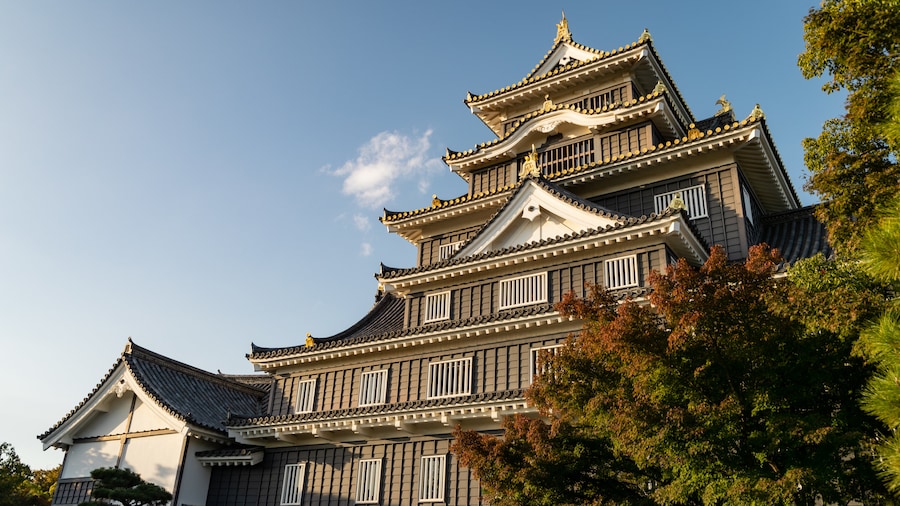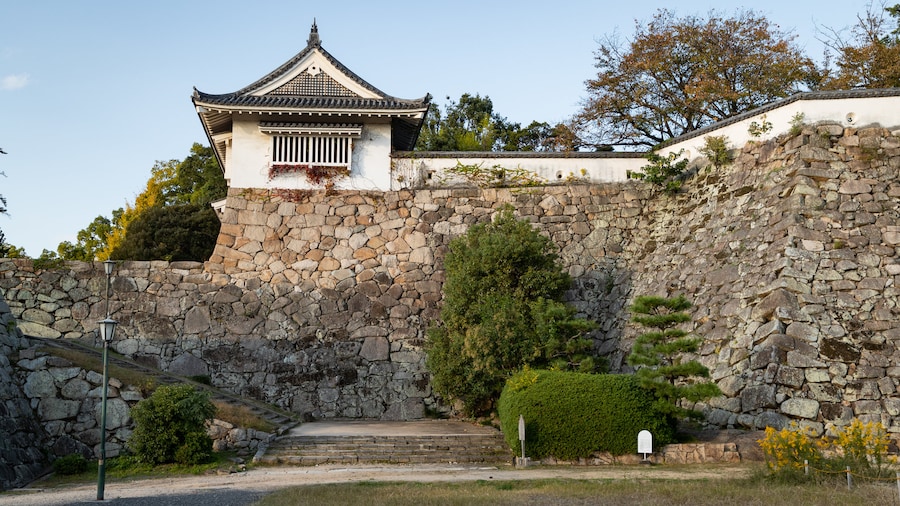In turn-of-the-century Japan, every woman wanted to look like the figures on display at Okayama’s Yumeji Art Museum. Thin, elegant, in magnificent kimonos, the “Yumeji women” were ideals of beauty even long after the artist Yumeji Takehisa passed away in 1934.
Called the “Japanese Toulouse-Lautrec” and credited with creating “Japanese art nouveau,” Takehisa, born in Okayama Prefecture, was a real trendsetter. Learn about his art and get a sense of his life at this museum not far from the Korakuen Garden.
Spot the museum from far away. Its steeple and weathervane, as well as redbrick exterior inspired by the Taisho period, make it stand out from surrounding buildings.
Peruse the small collection on display. Notice the heavy cross-pollination evident in his work, which drew from art nouveau that was, in turn, influenced by Japanese woodblock prints.
Admire the delicate expressions on his models’ faces, which hold a wistful lightheartedness at odds with the exuberant colors and patterning of their kimonos.
After perusing the collection, withdraw to the café. Try Yumeji’s favorite food, Italian raisin cookies called Garibaldi biscuits. Snack on the crumbly baked goods with a cup of Japanese tea to appreciate the artist’s diverse cultural influences.
Peruse the well-stocked shop, which offers a variety of goods emblazoned with the women, from candies and postcards to handbags and scarves.
To see more of Yumeji’s work and life, visit his childhood home about 15 miles (25 kilometers) east of Okayama in Setouchi City, easily accessible by bus.
Yumeji Art Museum is across the Asahi River from many of Okayama’s attractions, a 3-minute walk from the northern entrance of the Korakuen Garden. Walk from Okayama Castle in about 12 minutes. Okayama Station is a 10-minute drive or bus ride or a 22-minute walk from the museum. On-site parking is available.
The museum is open from Tuesday to Sunday during regular business hours, with a closure at year-end. There is an admission fee. All materials are in Japanese.
